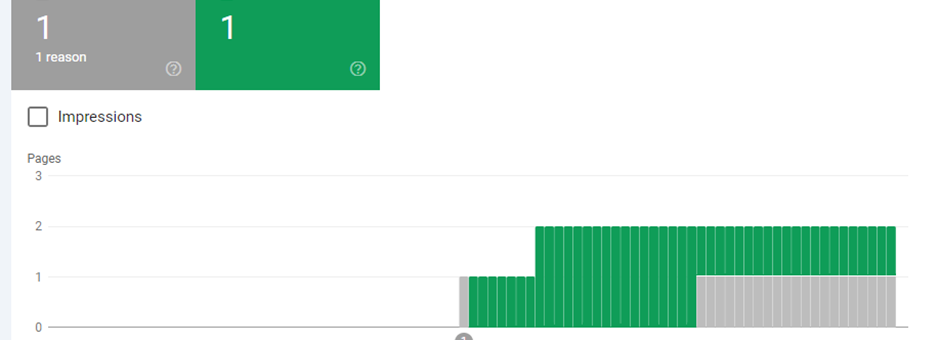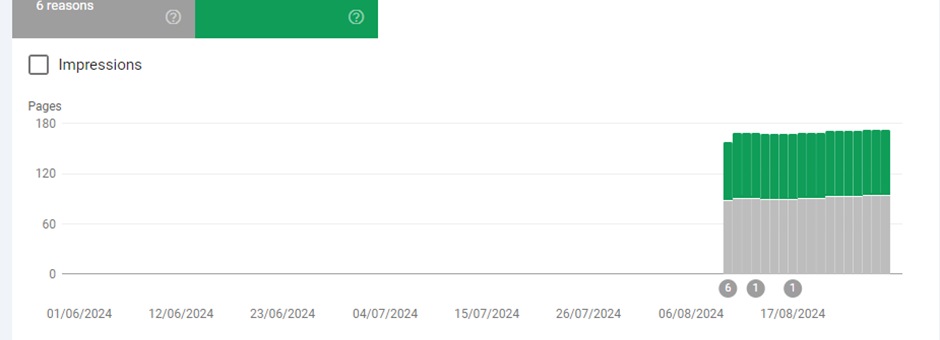In short: no.
There are quite a few domains in our portfolio, some we own, some domains we manage for others, and for some other clients we help with SEO.
As such, we get to experiment quite a lot with different domains, and as it happens, we also have (had?) some domains with different TLDs. Which led us to understand that, no, Google does not treat all TLDs the same way.
Let’s break it down.
What are TLDs?
Top-Level Domains (TLDs) are the last segment of a domain name, located immediately after the “dot” symbol. They play a crucial role in the Domain Name System (DNS) hierarchy, helping to organize and manage the internet’s address space. TLDs are primarily divided into two categories: generic TLDs (gTLDs) and country-code TLDs (ccTLDs).
Generic TLDs (gTLDs) are not restricted to a specific geographic location and are often used by organizations or individuals worldwide. Some common examples include .com (commercial), .org (organization), .net (network), .edu (education), and .gov (government). These domains are generally associated with specific types of organizations or purposes but are not confined to any particular region or country.
Country-Code TLDs (ccTLDs), on the other hand, are specifically associated with a particular country or sovereign state, consisting of two letters that correspond to the country’s ISO 3166-1 alpha-2 code. Examples include .us for the United States, .uk for the United Kingdom, .ca for Canada, and .de for Germany. These TLDs are often used by entities operating within or wanting to represent a particular nation.
What are Some New TLDs?
In recent years, the landscape of TLDs has expanded significantly with the introduction of new gTLDs. This expansion was initiated by the Internet Corporation for Assigned Names and Numbers (ICANN) to increase the availability of domain names and allow more diverse and specialized online identities. New TLDs include a variety of descriptive endings such as .app for applications, .tech for technology-related businesses, .store for e-commerce sites, .blog for bloggers, and .xyz as a versatile, unrestricted option. These new TLDs offer more choices for individuals and businesses to create a web presence that aligns more closely with their brand, industry, or interests.
What Does Google Say About How They Treat Different TLDs?
Google has publicly stated that it treats all TLDs the same when it comes to search rankings. The search engine giant emphasizes that the choice of a TLD does not directly impact a website’s SEO or its ability to rank in search results. However, Google does recognize the significance of ccTLDs as signals for geotargeting, indicating to the search engine that the website is intended for users in a specific country.
You can read Google’s official statements on their handling of TLDs:
- Google’s Webmaster Central Blog: “Google’s Handling of new top level domains“
- Google Search Central Help: “Multi-Regional and Multilingual Sites“
These resources provide valuable guidance on how Google interprets TLDs and what webmasters should consider when choosing a domain name for their websites.
What We Found
Recently, we have launched two new domains for our site network (on two different occasions).
The first had a “.xyz” TLD. The second had a “.asia” TLD.
Both sites had original quality content, different WordPress themes, and the second one was launched with other domains on our network pointing to it with both direct links and hreflang tags.
Twice we saw the same issues repeating.
First, Google refused to index the pages of the sites. Even when pushed via Google Search Console. Even when they received links. No matter what we did, the pages were not indexed:

And the second issue – Google Search Console didn’t manage to read the sitemap.xml of the sites.
No matter what we did, no matter how many articles we read, it just didn’t do:

To stress, these are sitemaps created by Yoast’s SEO plugin for WordPress, the same we’re using across other sites on our network.
The Solution
No matter what we did – the result remained the same.
Maybe one page indexed. No sitemap was fetched. That was true for both the .xyz and the .asia domains.
We had no choice but to duplicate the sites to a gTLD (.net instead of .xyz and .com instead of .asia). We redirected the new-TLDs to the gTLDs, and lo and behold…


These examples are from the second domain we launched (.asia, redirected to .com). With the first one (.xyz redirected to .net) we have been struggling for a few months before deciding the issue was the TLD.
As I wrote, once we redirected it, it worked. It got indexed and immediately was ranking and receiving traffic.
Conclusion
Google, as they do, claim one thing and behave differently. I cannot tell why these TLDs were not indexed, no matter what we did. But the truth remains clear: Google read the gTLDs better, indexed and ranked them, and the sites started receiving the traffic after we changed them.
This indicates that Google may not treat all TLDs the same, and the choice of TLD can significantly impact a website’s visibility in search results.
I imagine that’s the last time for some time we try to build domains with the “new” TLDs, especially for domains that are intended to be easily found on Google.




